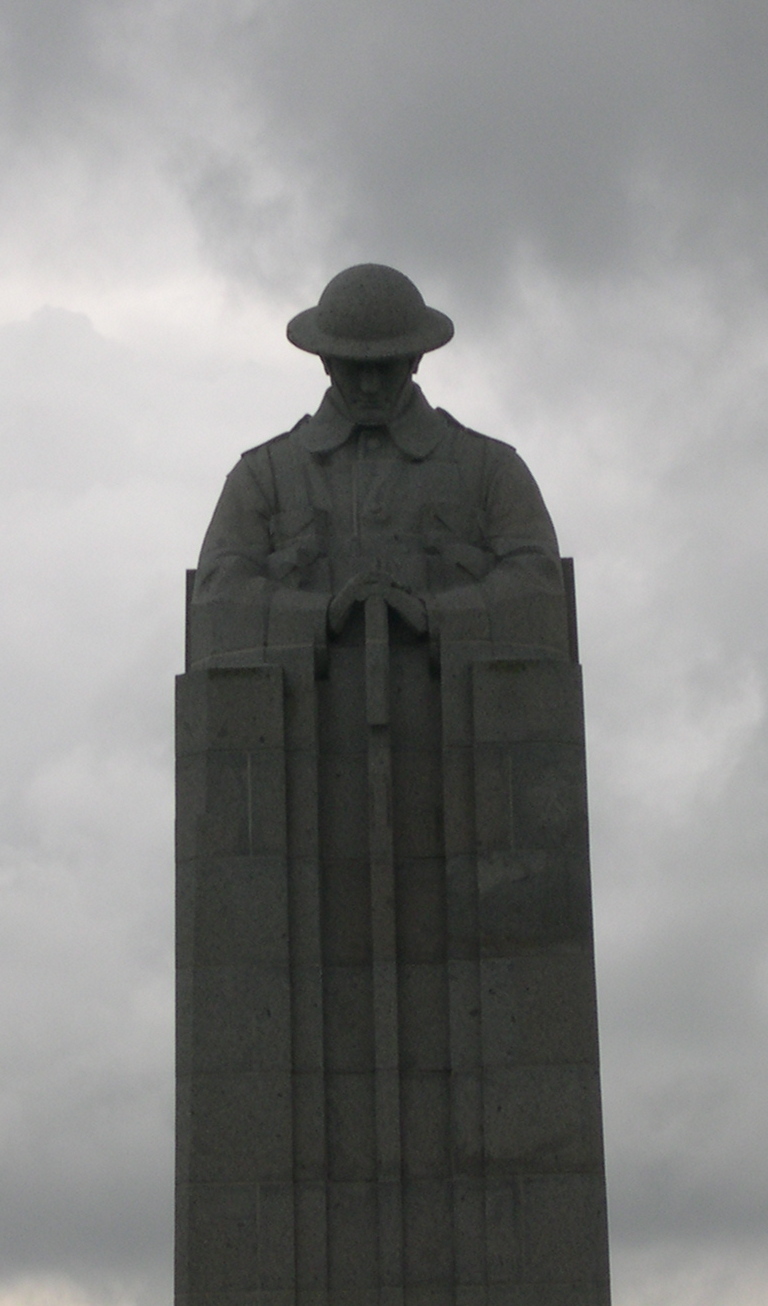School Trip Friday – Messages from England’s Roman Past
Last week’s School Trip Friday post told the story of our visit to Hadrian’s Wall – a trip to help my son, who has special educational needs, learn about the Romans. This week’s School Trip Friday post continues that story and tells of our visits to the multitude of Roman remains which are nearby the Hexham section of the Wall.
 This large boulder is by Hadrian’s Wall on the Steel Rigg to Sycamore Gap section. The boulder has a perfectly smooth Roman-bottom shaped indentation. How many poor frozen Roman soldiers stole a few minutes rest on this stone?
This large boulder is by Hadrian’s Wall on the Steel Rigg to Sycamore Gap section. The boulder has a perfectly smooth Roman-bottom shaped indentation. How many poor frozen Roman soldiers stole a few minutes rest on this stone?
Vindolanda Roman Fort
Vindolanda pre-dates Hadrian’s Wall by a few years – the first wooden fort was built at Vinolanda in c.85 AD, whereas the Wall was built c.122 AD. The fort was an auxiliary frontier fort built to guard Stanegate, the Roman road from the River Tyne in the east to the Solway Firth in the west. It was occupied for some three hundred years and was inhabited by various units of soldiers (known as cohorts).
 The view of Vindolanda Roman Fort from the nearby hilltops. The fortification is a modern-day reconstruction of one of Hadrian’s Wall milecastles.
The view of Vindolanda Roman Fort from the nearby hilltops. The fortification is a modern-day reconstruction of one of Hadrian’s Wall milecastles.

 Modern-day memorial to the various cohorts of Roman soldiers who lived, fought and died at Vindolanda between 85AD and 400AD. The S.P.Q.R. means Senātus Populusque Rōmānus (“The Senate and People of Rome”).
Modern-day memorial to the various cohorts of Roman soldiers who lived, fought and died at Vindolanda between 85AD and 400AD. The S.P.Q.R. means Senātus Populusque Rōmānus (“The Senate and People of Rome”).
 From exploring this fort, my son (and I!) learnt that the soldiers lived in barracks – all built in strict straight lines with typical Roman efficiency. The site’s archaeologist told us how on one of the excavations, they found under the Roman floor level in one of the barracks , the remains of a female thought to be about 10 years old. We can only guess at the horrors of why and how her life ended and her body then concealed.
From exploring this fort, my son (and I!) learnt that the soldiers lived in barracks – all built in strict straight lines with typical Roman efficiency. The site’s archaeologist told us how on one of the excavations, they found under the Roman floor level in one of the barracks , the remains of a female thought to be about 10 years old. We can only guess at the horrors of why and how her life ended and her body then concealed.
 Vindolanda’s modern day reconstructions of a milecastle and fortification from Hadrian’s Wall. The building on the left is wooden, whilst the one of the right is stone. Archaeologists are using these reconstructions to help them analyse and understand how environmental factors influenced the longevity and durability of the various structures built in this area during Roman times.
Vindolanda’s modern day reconstructions of a milecastle and fortification from Hadrian’s Wall. The building on the left is wooden, whilst the one of the right is stone. Archaeologists are using these reconstructions to help them analyse and understand how environmental factors influenced the longevity and durability of the various structures built in this area during Roman times.
 The view from the top of the stone reconstructed fort. The mid-day sun casting the shadow of the wooden fort across the landscape of Vindolanda. Our visit took place the weekend before all the November storms that have recently lashed across Britain – we were lucky and had bright sunshine with no rain at all during the entire weekend.
The view from the top of the stone reconstructed fort. The mid-day sun casting the shadow of the wooden fort across the landscape of Vindolanda. Our visit took place the weekend before all the November storms that have recently lashed across Britain – we were lucky and had bright sunshine with no rain at all during the entire weekend.
Vindolanda and their messages from the past
The museum at Vindolanda is a treasure trove of the Romans’ time on our shores with exhibits of some incredible ‘finds’ dug up from the site. Most remarkable of all are the ‘Vindolanda Tablets’, written nearly two thousand years ago in the years 100-105 AD by the fort’s occupants and found by archaeologists in the 1970s and 1980s. Written in ink on wafer-thin postcard-sized pieces of alder and birch, these tablets give a remarkable peek into the life of Romans within the fort. Most of these tablets are now in the British Museum, but some have now been returned home to Vindolanda and are displayed in the site’s museum.
 Vindolanda Tablet 291: This is a birthday party invitation from Claudia Severa (wife of Aelius Brocchus, commander of an unnamed fort near Vindolanda) to Sulpicia Lepidina (wife of Flavius Cerialis, commander at Vindolanda). This letter was written partly by a scribe but also includes part of the message written in Claudia’s own hand. This is the oldest surviving writing of a Roman woman found in Britain (so far!).
Vindolanda Tablet 291: This is a birthday party invitation from Claudia Severa (wife of Aelius Brocchus, commander of an unnamed fort near Vindolanda) to Sulpicia Lepidina (wife of Flavius Cerialis, commander at Vindolanda). This letter was written partly by a scribe but also includes part of the message written in Claudia’s own hand. This is the oldest surviving writing of a Roman woman found in Britain (so far!).
The Roman soldiers and their money
Roman soldiers were handsomely paid for their services. The money was kept (probably in a large chest) within the underground strong room of the fort. It is likely that the Roman standards were also kept either in the strong room or nearby. The Roman Standard was an important symbolic part of the Roman forts and towns – if a Standard was lost, then it would mean certain death for the man who carried it (aquilifer).
 Strong-room at Vindolanda fort – by the shape of it, this must have been a fairly large underground room.
Strong-room at Vindolanda fort – by the shape of it, this must have been a fairly large underground room.
 Strong-room at Chesters Roman Fort.
Strong-room at Chesters Roman Fort.
 Strong-room at Corbridge Roman town.
Strong-room at Corbridge Roman town.
 The stairs down into Corbridge’s strong-room. The width of each tread is only about half my foot’s length – I felt very sorry for the poor sandalled Roman soldiers who had to make their way up and down these dark stairs!
The stairs down into Corbridge’s strong-room. The width of each tread is only about half my foot’s length – I felt very sorry for the poor sandalled Roman soldiers who had to make their way up and down these dark stairs!
All photos (except the Vindolanda tablet) are
© Essex Voices Past 2012 and
may not be reproduced without permission.
Links which may interest you
– Roman Vindolanda and Roman Army Museum
– Holiday cottage owned by Vindolanda Trust (we stayed here and highly recommend it)
– Vindolanda Tablets Online
And for educational fun
– What have the Romans ever done for us? Monty Pythons’ take on the Romans
As my child finds reading very difficult and a chore, these audio books and dvds have been an excellent introduction for him into the world of the Romans.
– Rotten Romans – Horrible Histories
– Tony Robinson’s Weird World of Wonders, Romans
– Roman Myths (BBC Audiobook)
– Hadrian’s Wall: A Journey Back in Time DVD by English Heritage
Postscript
Visiting Hadrian’s Wall along with the remarkable remains of long-gone Romans has brought out the forgotten archaeologist in me. Many years ago, before I ended up with an office-based career in London, I was a very keen amateur archaeologist and spent many a happy summer digging an Iron Age and Neolithic hill-fort at Crickley Hill, Gloucestershire. Just maybe I didn’t hang up my trowel all those years ago and the lure of literally digging up our past is returning back to haunt me. Don’t be at all surprised if one School Trip Friday is a report about going on an archaeological dig – mother & small son!
You may also be interested in
– School Trip Friday – Weald and Downland Open Air Museum
– School Trip Friday – Chapel of St Peter’s on the Wall, Bradwell
– School Trip Friday – Imperial War Museum Duxford
– School Trip Friday – Of Cabbages and Kings
– School Trip Friday – Hadrian’s Wall

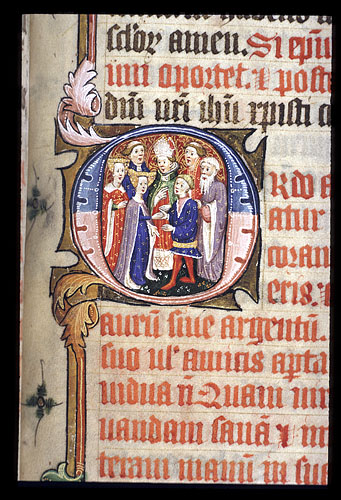








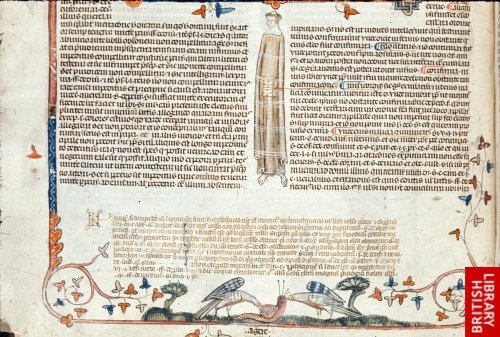
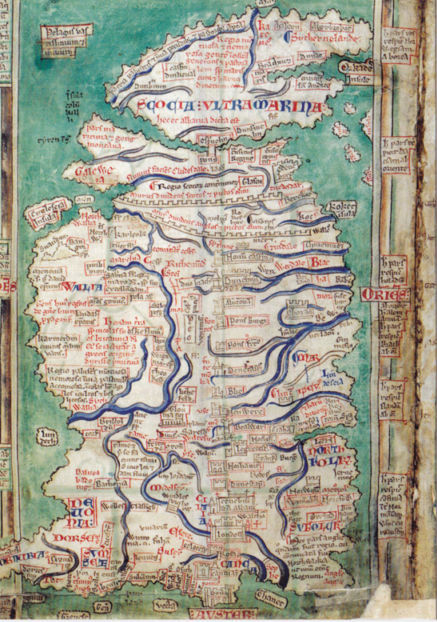 Map of Hadrians Wall and Antonine Wall (Matthew Paris c1250)
Map of Hadrians Wall and Antonine Wall (Matthew Paris c1250) The rugged landscape of Hadrian’s Wall running alongside Crag Lough.
The rugged landscape of Hadrian’s Wall running alongside Crag Lough. Contemplating the fact that we were down the bottom and had to be up there. Also time to explore how echoes work and how loud you have to shout to produce a magnificent rebounding sound!
Contemplating the fact that we were down the bottom and had to be up there. Also time to explore how echoes work and how loud you have to shout to produce a magnificent rebounding sound! Hadrian’s Wall running off upwards into the distance. The wall becomes a reasonably modern farmer’s dry stone wall half way up, then continues on as Hadrian’s Wall.
Hadrian’s Wall running off upwards into the distance. The wall becomes a reasonably modern farmer’s dry stone wall half way up, then continues on as Hadrian’s Wall. The long and winding road
The long and winding road Hadrian’s Wall and a small fortification to the side of it.
Hadrian’s Wall and a small fortification to the side of it. The perilous stone stairs to the top are not known as ‘Cat Stair’s for nothing. These were, in fact some of the better & safer steps on the climb. The stairs seem to be relatively modernish – I pity the person who had to build them!
The perilous stone stairs to the top are not known as ‘Cat Stair’s for nothing. These were, in fact some of the better & safer steps on the climb. The stairs seem to be relatively modernish – I pity the person who had to build them! The view from the top looking down to where we once had been.
The view from the top looking down to where we once had been. Hadrian’s Wall snaking off into the distance. The turf on top of the wall was an early (successful) conservation attempt of the Wall by Victorian land owner, antiquarian, and town clerk,
Hadrian’s Wall snaking off into the distance. The turf on top of the wall was an early (successful) conservation attempt of the Wall by Victorian land owner, antiquarian, and town clerk,  Good solid Roman engineering. Each stone perfectly shaped by hand and precisely placed into position using the same style that we see in modern-day brickwork. Built for strength and durability – the Wall has already lasted for nearly 2,000 years. What did the Romans ever do for us?…
Good solid Roman engineering. Each stone perfectly shaped by hand and precisely placed into position using the same style that we see in modern-day brickwork. Built for strength and durability – the Wall has already lasted for nearly 2,000 years. What did the Romans ever do for us?… Tiny tiny alpine flowers growing all along the wall.
Tiny tiny alpine flowers growing all along the wall. Father and son enjoying their home education.
Father and son enjoying their home education.
 Richard III, postcard from Tuck’s Kings & Queens, c.1902
Richard III, postcard from Tuck’s Kings & Queens, c.1902 Richard III, cigarette card
Richard III, cigarette card Richard III, games card
Richard III, games card
















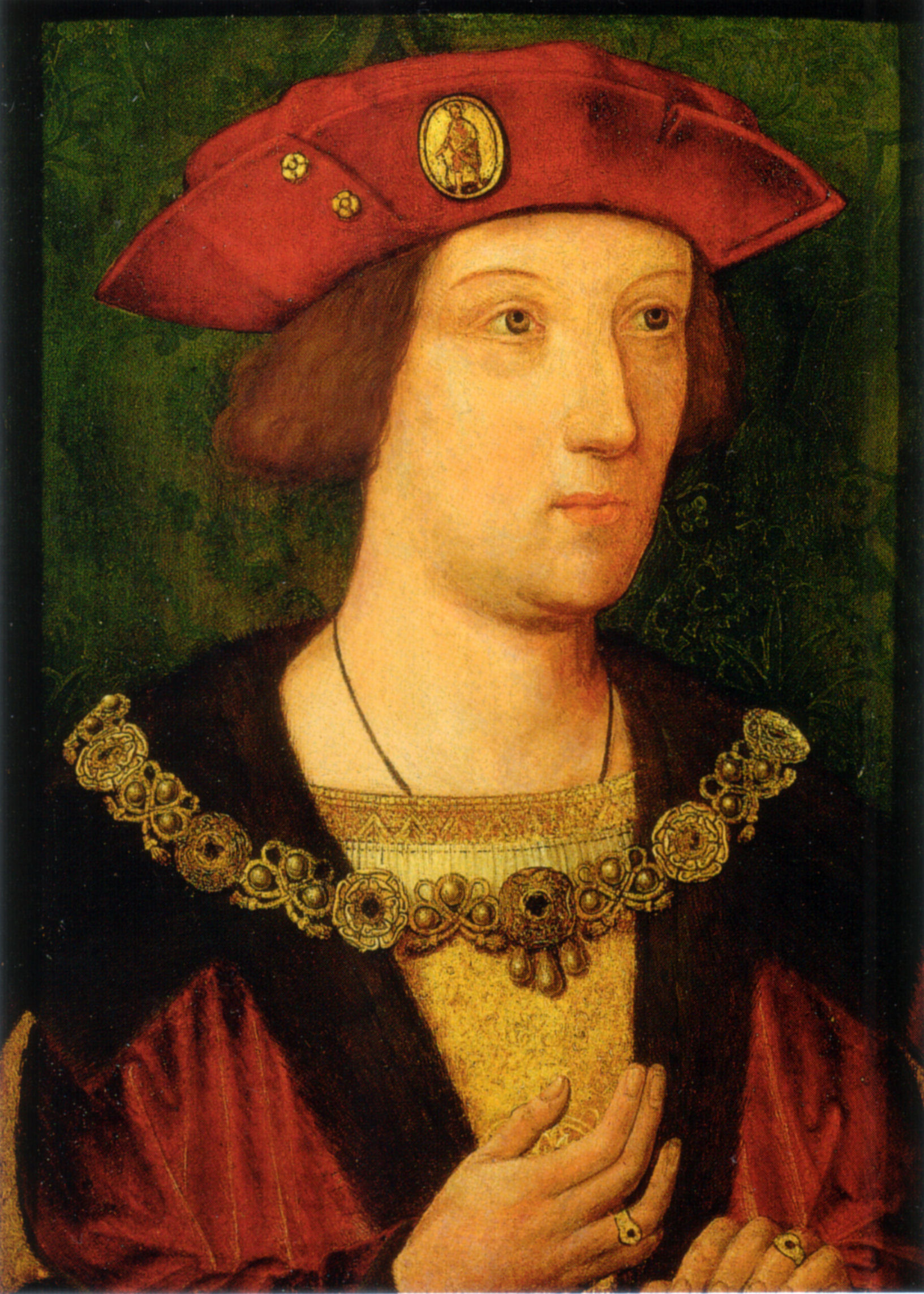

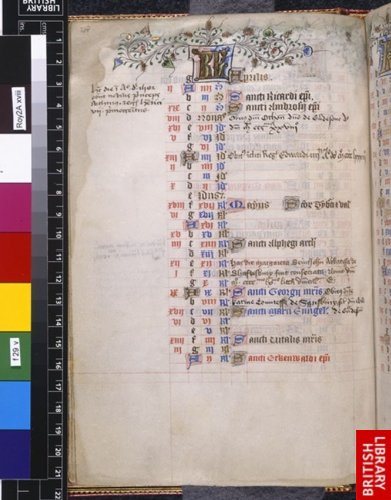



 1914-1918
1914-1918